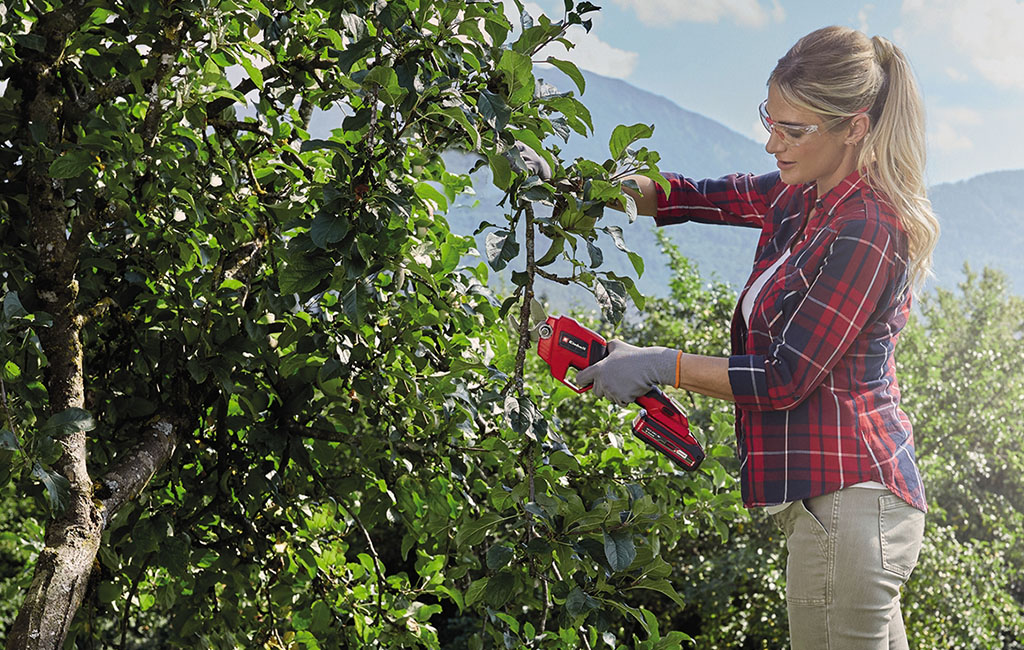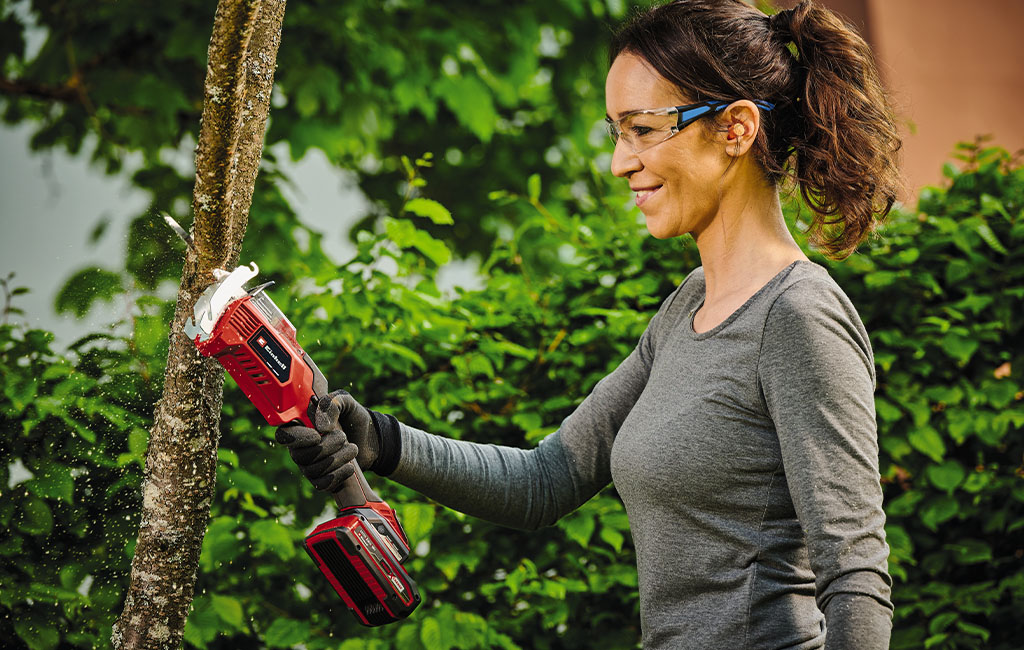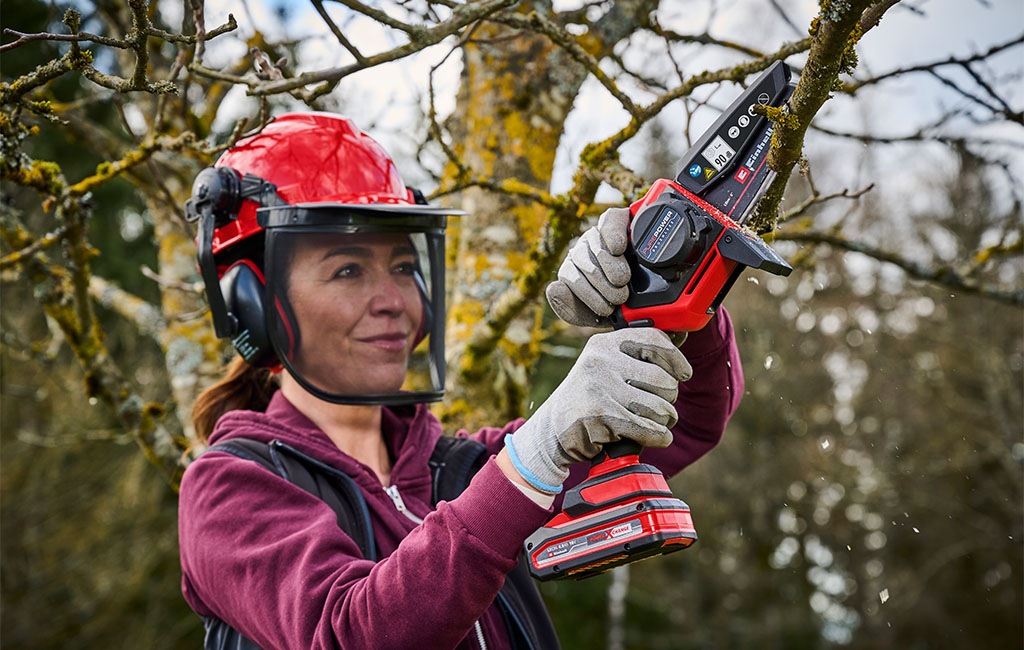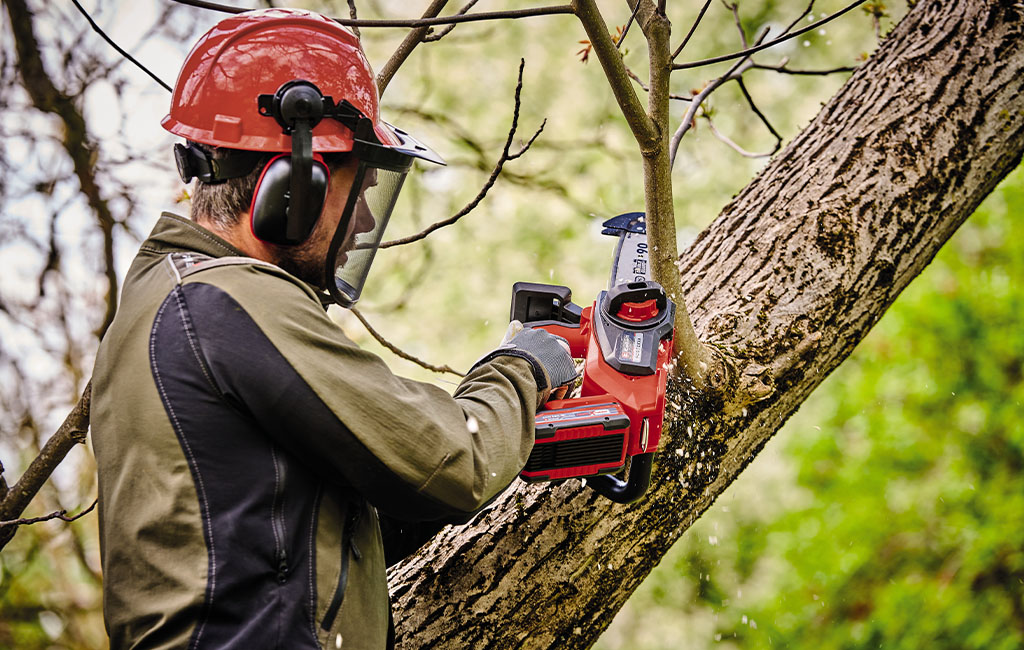The Art of Fruit Tree Pruning: How to Properly Care for Your Fruit Trees
Juicy apples, crisp pears, and fresh cherries: Those who properly care for their fruit trees can enjoy a rich harvest of healthy, fresh fruit year after year. However, to ensure your fruit tree in the garden bears fruit abundantly, it requires the right care. Depending on the type of tree, there are several things to consider when pruning, from the appropriate timing to the correct technique and suitable tools.
In this blog post, we'll explain the basics of fruit tree pruning and the equipment that can be helpful.
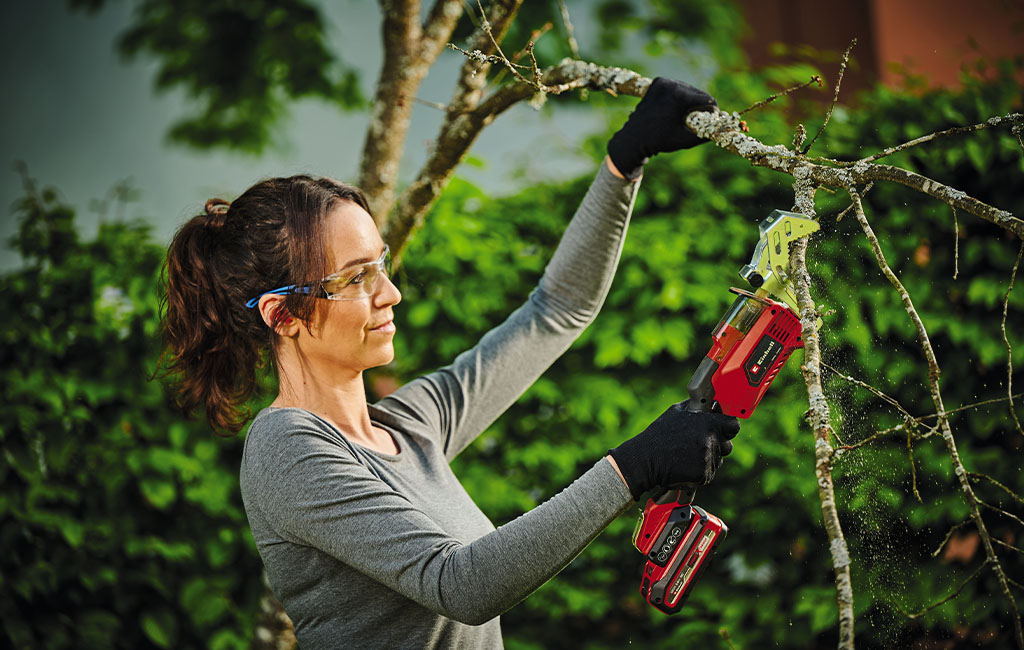
Why is pruning fruit trees important?
For the fruits on your fruit tree to become juicy and large, they need to receive enough nutrients through the branches. Without pruning, the tree will develop many shoots and branches – often more than it can sustainably support. Therefore, it's important to remove branches that hinder or slow down growth so that nutrients and energy can flow into the fruit-bearing shoots. The tree should not grow too quickly or too densely, as slow maturation and sufficient light contribute to the quality of the fruits. In addition to using the correct technique for fruit tree pruning, the timing is also crucial so that the pruning cuts can heal well, and the shoots can grow optimally. The timing of pruning fruit trees throughout the year depends on the specific variety, its age, and other factors.
Winter Pruning vs. Summer Pruning
When it comes to pruning fruit trees, the question of whether to prune in summer or winter often arises. Both have their advantages and disadvantages, and opinions on the matter often differ. Here's a brief overview:
Winter Pruning
Winter pruning occurs during the tree's dormant phase, before the onset of growth. With the tree bare, you have a clearer view of the branches, allowing you to correct the crown's shape and remove diseased or dead limbs. Pruning in winter stimulates shoot growth and provides more space for fruit-bearing branches to develop. Because wounds from pruning heal slightly slower in cold conditions, winter pruning should be done towards the end of the cold season, typically between February and April, depending on temperature. Caution: If the temperature drops below -4°C, it's advisable to postpone fruit tree pruning to a later date to prevent the wood from becoming brittle in severe frost, which could lead to breakage of branches.
Summer Pruning
Summer pruning provides an opportunity for light corrections and the removal of overly dense or diseased growth. It slows down wood growth and can promote the formation of fruiting wood, which can be especially helpful for tree species with vigorous growth. Another advantage is that the fruit tree is active during the summer, and the increased flow of nutrients can help the pruning wounds heal faster. This makes the fruit tree less susceptible to wood diseases. Summer pruning typically takes place between July and August, but depending on the tree species, it may occur after the harvest.
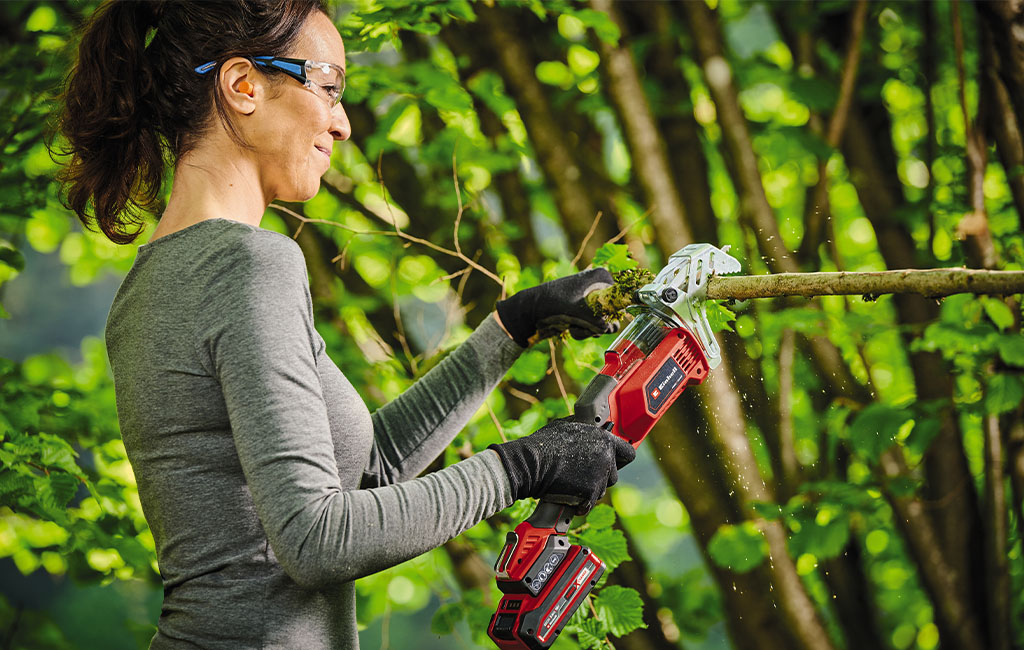
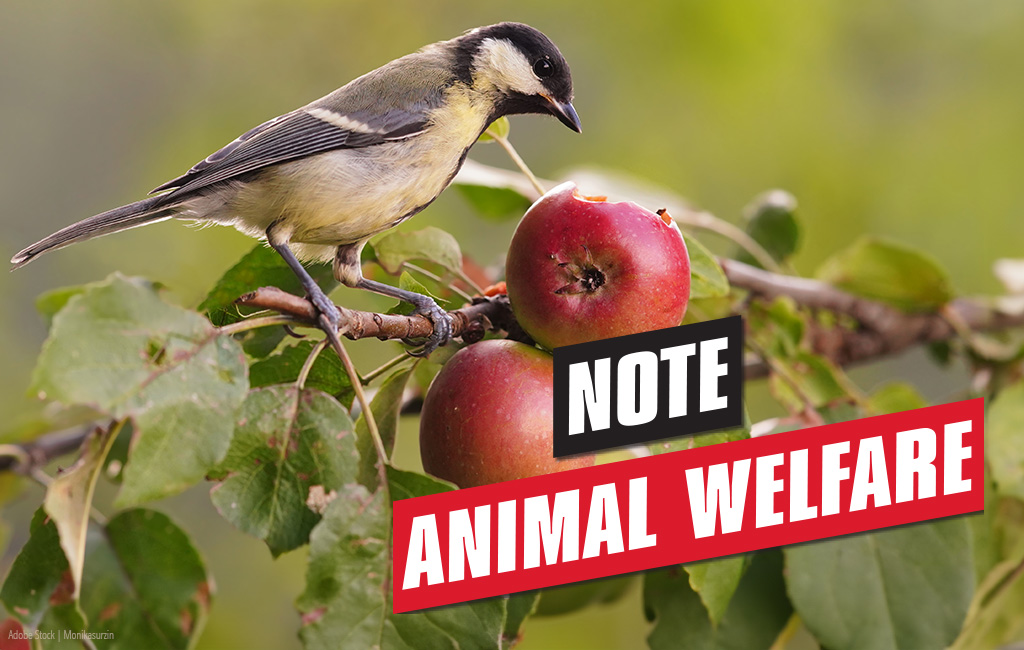
NOTE: Pruning and Animal Welfare
In Germany, heavy pruning is prohibited from early March to the end of September. Basic form and maintenance pruning are allowed. Always check beforehand if birds are nesting in the tree! In this case, if not absolutely necessary, you should refrain from pruning the fruit tree altogether.
The right time for different types of trees
The optimal timing for pruning varies depending on the type of tree:
- Pome Fruit Trees: For pome fruit trees such as apple, pear, or quince, pruning in late winter, around March or April, is recommended. A balance between summer and winter pruning may also be beneficial for optimal growth regulation.
- Stone Fruit Trees: Stone fruit trees naturally have vigorous growth that doesn't require additional stimulation from winter pruning. Additionally, stone fruit trees are more susceptible to diseases and pests, which is why summer pruning is often preferred. For example, cherry trees are usually pruned after harvest, between June and August, depending on the variety.
EXTRA TIP
Fruit Tree Shaker for Harvesting
Have you heard of our cordless olive and fruit harvester GE-FS 18/53 Li? With its long carbon tines, the harvester "combs" through the branches of your fruit tree. It moves the branches, shaking the cherries from the tree, for example. To ensure the fruits reach the ground safely and undamaged, you can use a net underneath the tree, similar to olive harvesting.

Appropriate Tools for Tree Pruning
Cordless Pruning Shears
Compact and small, the cordless pruning shears GE-LS 18 Li is designed for thinner branches with a maximum thickness of 2.8 cm. The sharp bypass blades efficiently cut through the branch with the additional support of the battery, without crushing it. This allows for precise cuts close to the branch collar.
Cordless Pruning Saw
The compact cordless pruning saw GE-GS 18/150 Li effortlessly cuts branches up to 10 cm thick (with branch bracket up to 8 cm) from trees and shrubs. With the branch bracket, the saw can be optimally positioned and even used single-handedly. Make sure to replace the saw blade with a new, sharp one before cutting.
Cordless Pruning Chain Saw
Ideal for pruning and shaping trees and shrubs, the cordless pruning chainsaw GE-PS 18/15 Li BL is perfect. With a cutting length of 12.5 cm, it's essentially a mini chainsaw, and thanks to its highly efficient brushless motor, it cuts branches with minimal vibrations. Ensure that the chain is always sharp and adequately lubricated.
Top-handled Cordless Chain Saw
Specifically designed for tree care tasks, the one-handed cordless chainsaw FORTEXXA 18/20 TH is suitable but should only be used by trained tree care professionals. Using it without proper training can result in serious injuries. With a cutting length of 14 cm and automatic chain lubrication, this compact chainsaw effortlessly cuts through thicker branches.
Cutting Technique: How to Prune Correctly
To ensure the healthy growth of fruit trees, it's important to know what to consider when pruning.
Basic Techniques
- Cutting with Care: If you're inexperienced in fruit tree pruning, proceed cautiously and avoid excessive pruning. It's best to remove large branches in multiple steps to prevent unintended breakage or excessive damage to the bark. By the way, young fruit trees recover better from generous pruning. However, with older trees, you should thin out the crown more carefully.
- Cutting close to the bud: Always prune the branch just above the outward-facing bud. If you leave too much distance to the bud, deadwood may form, where fresh shoots won't develop.
- Cutting close to the branch collar: Avoid the formation of deadwood, which often leads to problems like mold or rot. Always cut branches as close as possible to the branch collar, just above a junction. Avoid leaving stubs or creating branch forks.
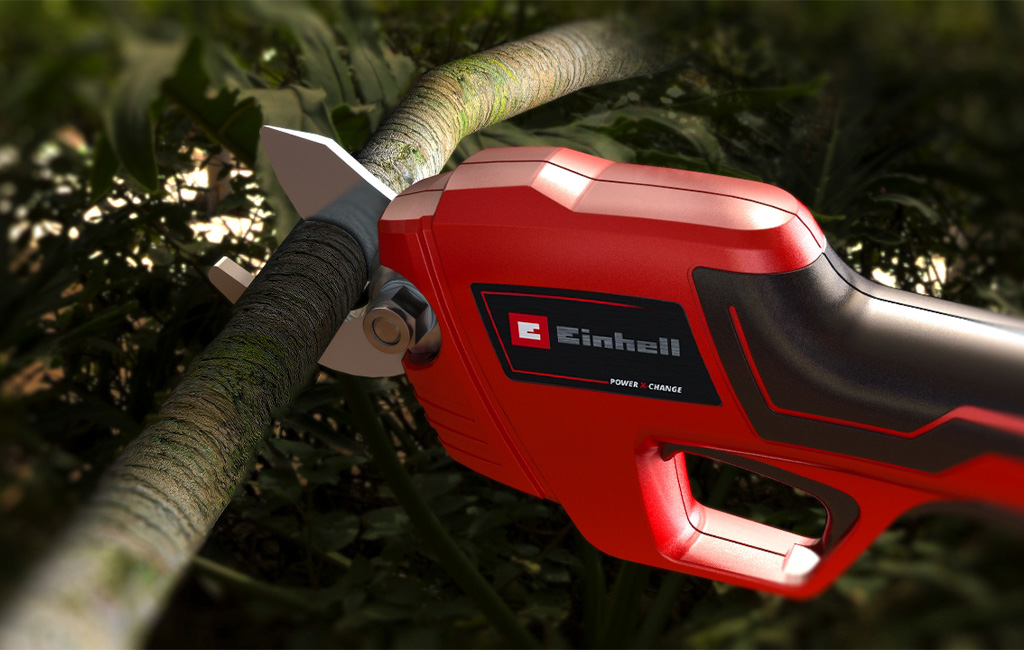
Fruit Tree Pruning
In addition to controlling the shape, it's essential to ensure that the crown of the tree isn't too dense. Only when the crown is well-aerated do the fruit-bearing branches have enough space and light for large and juicy fruits to grow. Ideally, fruit tree crowns should grow pyramid-shaped, consisting of a central leader with three to four laterally growing scaffold branches. Especially with young trees, it's important to shape the tree in the first few years and maintain this form, known as the central leader system. The central leader should be approximately 20 cm longer than the scaffold branches, which should ideally be at the same height. With older trees, the focus is less on shaping them into form. Instead, it's more important to thin out the crown.
After severe pruning, water sprouts often develop. These sprouts divert essential energy from the fruit-bearing branches. Therefore, remove water sprouts early to ensure a good harvest with high yields. You can identify water sprouts by their steep upward growth angle.
During fruit tree pruning, you can remove the following branches:
- Water sprouts: branches that grow steeply upwards
- Heavily drooping branches: branches that visibly hang downwards and struggle to support heavy fruits
- Inward-growing branches: branches that disrupt the growth of other branches and produce few flowers
- Crossing branches: branches that could restrict each other's growth and cause injuries
- Diseased branches: deadwood, injured, or branches chewed by animals
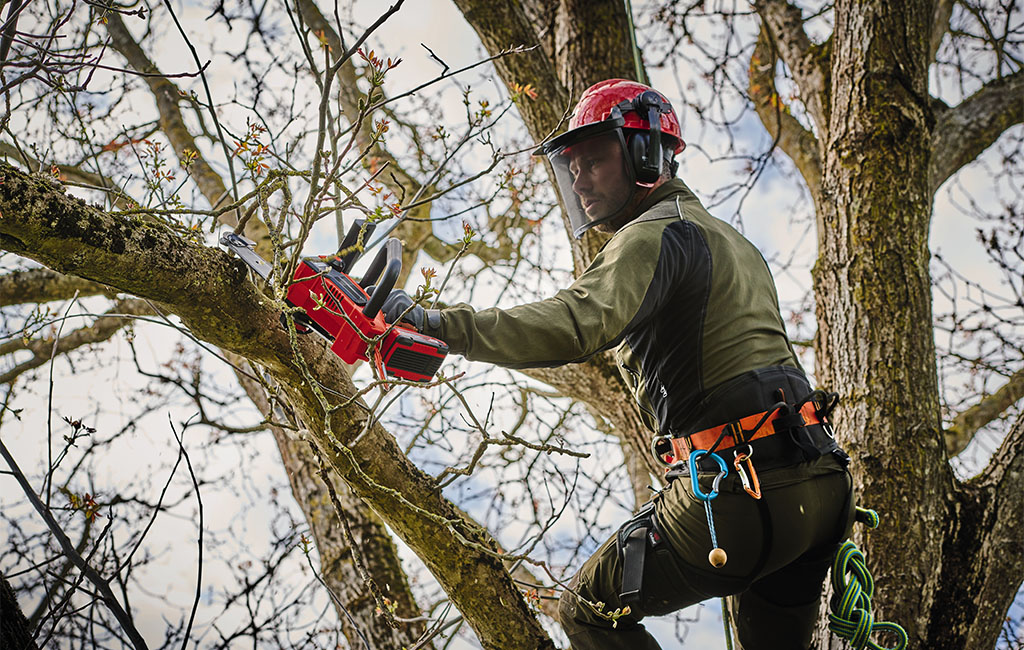
Common Mistakes to Avoid
- Over-pruning: While young fruit trees may tolerate more radical pruning, older ones struggle with it. Pay attention to the age of the tree and how much pruning it can handle. In general, avoid removing more than one-third of the canopy at once.
- Incorrect weather conditions: Pruning during wet and rainy weather increases the risk of fungal infections and promotes rotting processes. Ideally, prune during dry weather conditions.
- Incorrect angle: To prevent water from entering the pruning wound and promote growth, cut branches at a 45-degree angle. This helps protect the cut from moisture.
- Dull tools: With each cut, you create a small wound on the tree. To ensure these wounds heal properly, make sure your tools are sharp and clean. Dull and dirty blades or saw chains can not only cause damage but also make the tree susceptible to diseases.
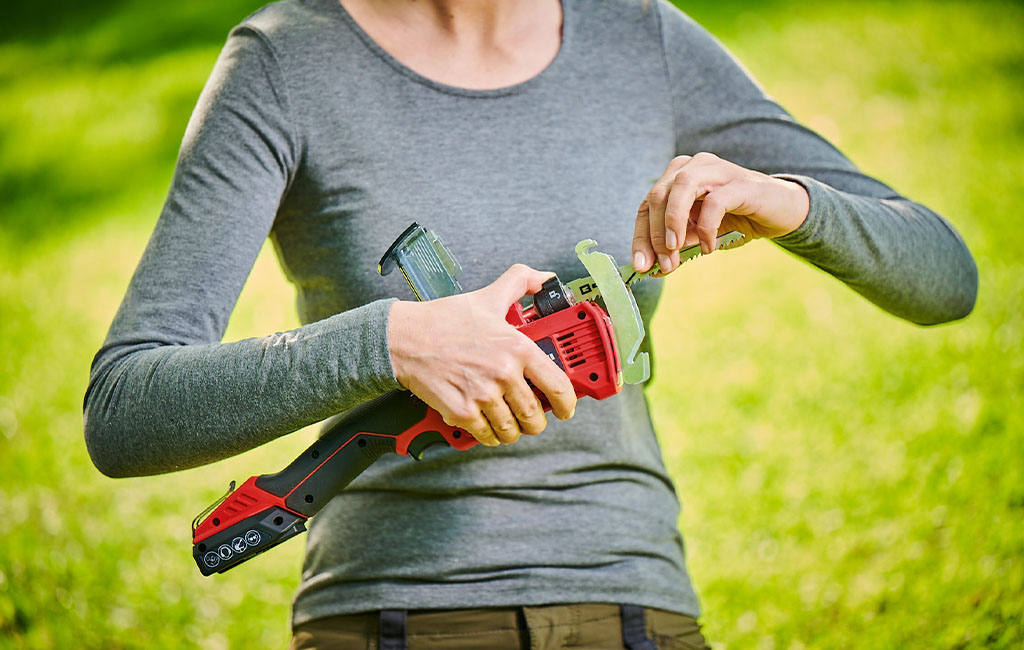
Conclusion: Pruning fruit trees requires practice
Before you prune the fruit trees in your garden, it's essential to educate yourself thoroughly—not only about pruning techniques, but also about the characteristics and requirements of the tree species you've planted. If you're still unsure, you can hire a professional to prune your fruit trees and observe them closely during the process. They'll certainly help you with any questions you have, so you can learn to prune fruit trees yourself in the future. Especially with diseased trees, consulting a professional is recommended. Otherwise, remember: learning by doing! Experiment and test with our tips and the appropriate tools to see what works best for your fruit tree.
By the way, if you don't want to dispose of the cut branches and twigs, you can find out here how to recycle and make good use of the pruning debris!





